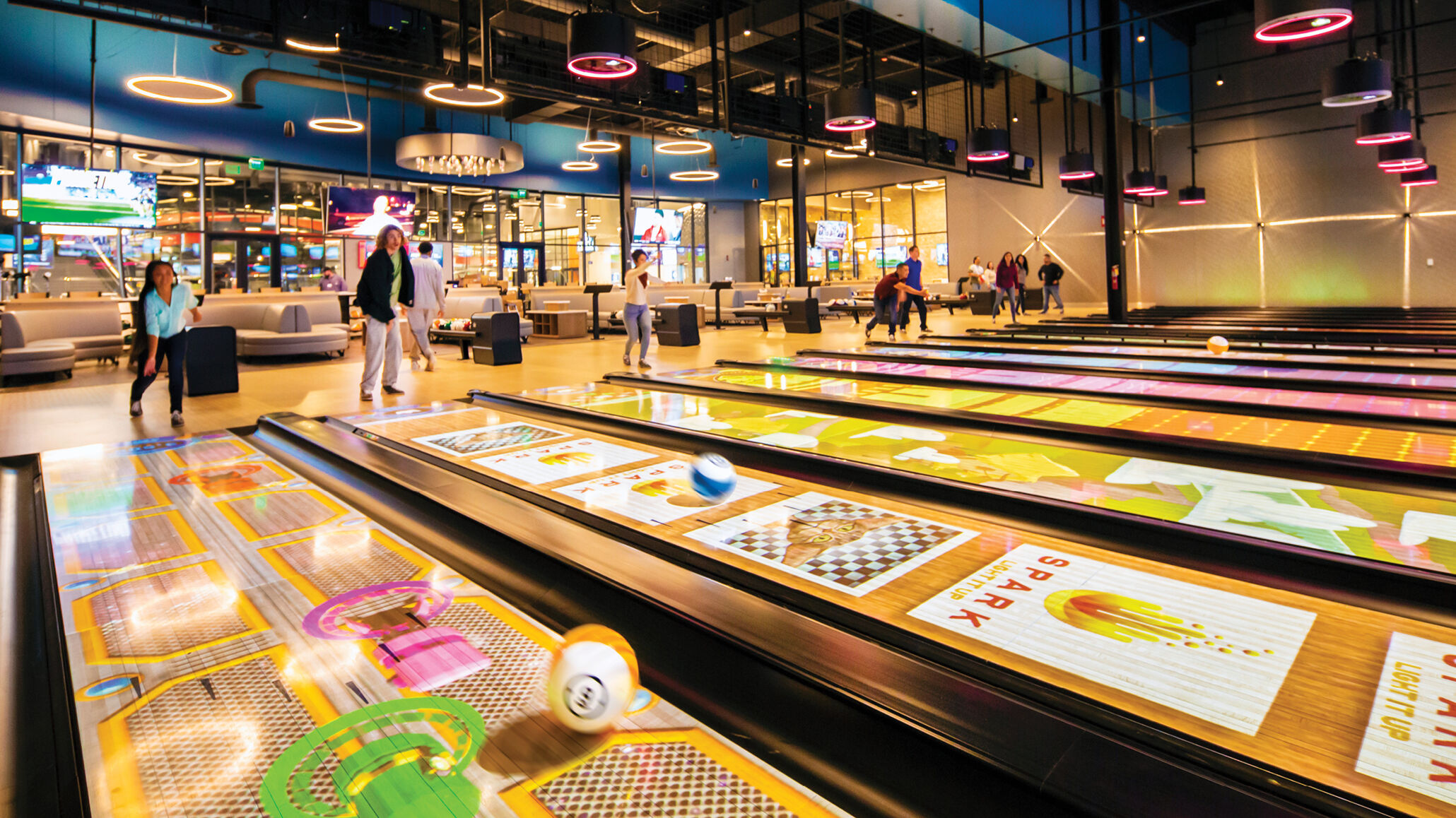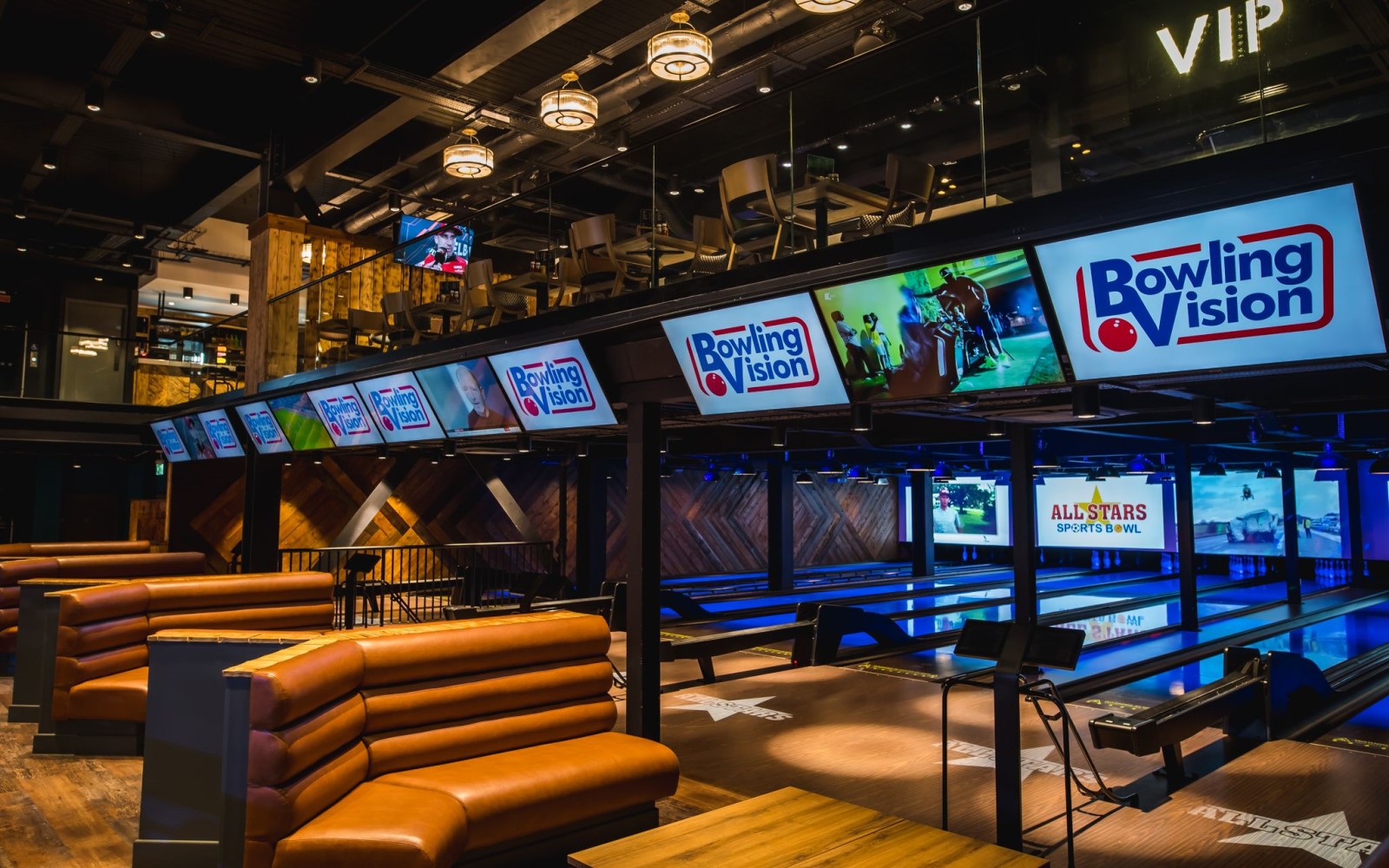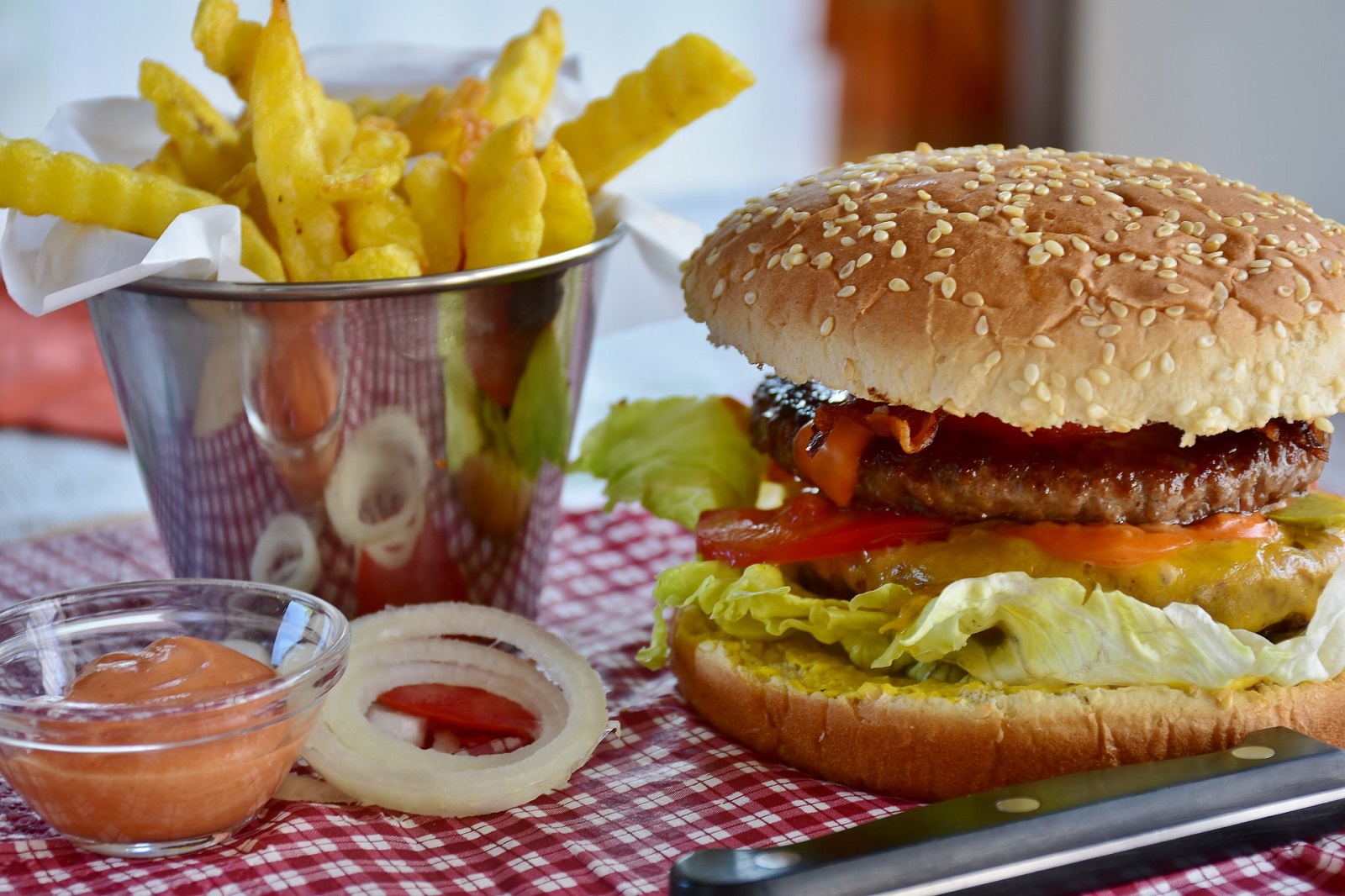How much to build a bowling alley? We get asked this question all the time. There isn’t a simple answer because it depends on what facilities your building already has, how many lanes you’ll be installing, the quality of your equipment and the finish required.
A few cautionary notes to start. We recommend that you try to avoid purchasing or leasing a building without utilities as it can take far too long – and be very expensive for these to be connected. We also suggest that you don’t take on the renovation, maintenance and installation yourself. We strongly advise employ the services of specialists and consultants who have worked on similar builds as this will increase the chances of your project completing on time and within budget.
So, the price. Working on the assumption that you have an empty site with services, you’re looking at a rough estimate of £1.5 – £2 million. Many of the construction costs will be the same, regardless of the number of lanes you install (up to about 20 lanes).
Before you begin the building works
- Appoint a Project Consultant experienced in leisure builds to help with managing the project in a cost-efficient manner, including specific assistance with the below tasks.
- Planning permissions, including potential acoustic surveys and traffic impact assessments.
- Appointing and managing appropriate contractors.
- Specifying and sourcing appropriate fire protection / suppression.
- Specifying and sourcing appropriate intruder alarm & CCTV.
- Delivering and managing a properly costed project budget.
- Appoint a Hospitality & Leisure Consultant experienced in managing sites in your chosen sector to ensure that the building design is conducive to effective operation. They should also be able to assist with a wide variety of other services, including the following.
- Securing a Premises licence.
- Obtaining the best deals from F&B suppliers.
- Appoint an experienced property Solicitor to review your lease agreement.
Getting the essentials in place
As with most projects, getting the foundations and planning right significantly increases the likelihood of a positive outcome. In this context spatial planning is one of the main foundations of a successful centre and one which will significantly impact on your labour costs. Your Hospitality & Leisure Consultant should be able to review the layout of your site, assess the placement of the utilities and consider your venue requirements in order to present a coherent floor plan and layout of your venue. An experienced Consultant in this area will be aware of industry specific nuances around customer flow, storage requirements, transaction volumes and the staffing impacts all of these have.
Toilets
If you’re lucky enough to acquire a venue which already has toilets, that’s brilliant. Don’t move them unless you absolutely have too – it’s expensive and they were probably put there for a sensible reason. If not, then your Project Consultant will be able to advise on the best location and number, based on the available utilities and legislation.
Toilets are an excellent example of how desired finish will impact construction cost and your budget:
Bronze: The residential finish. A fresh lick of paint, a wicker basket with hand towels, pump hand soaps and some laminate flooring.
Silver: Low end commercial. Commercial grade flooring, hand dryer, wall mounted soap dispenser which delivers measured quantity. Commercial, basic fixtures and fittings. LED light fittings.
Gold: High end commercial / bespoke. Here the world is your oyster and the opportunity to make your toilets an Instagrammable sensation. Bespoke hand basins, impressive lighting, high-end ultra-quiet hand dryers, etc.
You need to avoid the Bronze level approach. The use of residential flooring is unacceptable and leaves you vulnerable to an expensive legal claim. You’ll waste considerable money unblocking the toilets stuffed with hand towels, the toilet area will be strewn with paper towels and the hand soap will disappear regularly.
Avoiding the Bronze approach applies to all areas of the building – cutting costs on areas that the customer can touch and feel reduces the amount you can charge for every item for the life of the building.
Bar
You’ll want to get this positioned correctly from the beginning because movement of a bar may require a license review. If you already have a bar area, try and work round it – as a rule, decoration is much cheaper than building work!
You will require the following elements.
- A cellar with air conditioning, cooled to between 11 and 13 degrees C.
- The cellar needs to be large enough to store enough beer to get you from each delivery window to the next, but no larger – electricity for cooling is expensive!
- Units which form the ‘front-bar’ area from which drinks are dispensed.
- Buy modular, off the shelf items and fit the bar round it where you can – it’s cheaper than bespoke, and they’re able to removed and cleaned behind.
- Décor – including an attractive back-bar with effective display options.
- A brewery partner. If you’re already a hospitality venue owner this should be straightforward. If you’re new to the industry then you’ll benefit from your Consultant negotiating on your behalf, otherwise you may get a poor market rate. The brewery partner should also provide and install the chillers, pumps and pythons at no extra cost.
Kitchen
The positioning of your kitchen is critical because it significantly impacts the flow of customers and staff and involves more space than just the kitchen footprint. Don’t be tempted by fancy “open” or “show” kitchens, in a primarily leisure environment – as well as being very expensive and requiring overall more space, a leisure kitchen doesn’t work on fixed ‘service’ periods like a restaurant, so even the best chefs will struggle to keep them truly presentable. At peak times tickets are flowing into the kitchen continuously, and there’s no time to re-set in between busy periods. Remember, even if you decide to work with a third-party vendor, they will still require a kitchen.
There are some important aspects to consider.
- This is a legal requirement. Ventless kitchens are very expensive, but can very effectively overcome challenges with listed buildings or other extract routing issues.
- Equipment needs to be quality, robust and reliable – it’s going to be in use all day, every day. Ventless equipment is available.
- Storage space is impacted by the menu chosen, volume of trade and of course the frequency of your deliveries.
- Calculate how many serves of chips you’ll need from one delivery to the next, convert this into boxes of chips, and from there into freezer volume required.
- Don’t have a separate food servery. Food should be ordered at one of your already staffed points of sale.
- For the reasons above, keep the menu small and simple – but always use great quality product.
You will also need:
- Signage: this can be expensive and may require planning permission.
- AV equipment: check licensing on whatever is providing this music and any council noise restrictions.
- Wi-Fi: high quality commercial grade Wi-Fi is essential for a modern business. Make sure you collect customer data (with an opt-in) to remarket to them.
- Office space: even cashless business will require a small lockable office for document storage.
- Reception desk: wherever possible this should be an extension of the bar to reduce staff required during off-peak trading.
- Doors: these need to be shut, except when in use, to maintain heat & reduce noise. This may mean they need to be automatic in places to meet regulatory compliance.
- Store rooms: for consumables (napkins, spare glasses, party bag contents, menus, marketing materials, paint pots etc), spare furniture and cleaning equipment.
- Party rooms: separate from the main activity spaces for kids or adult parties. Consider private and semi-private spaces. In some venues these areas can have their own bar, toilets & activity pieces.
- Other activities: crucially multi-activity venues often see increased footfall, revisits and dwell time.
Scalable fixtures and fittings for your bowling alley
The above items and areas will be required and are unaffected by the number of lanes (up to around lane 20 at least). However, there are a whole range of number of fixtures and fittings which change, depending on the number of lanes you have.
- Décor
- Furniture
- Lighting
- Flooring
Bowling equipment
It would, of course, be remiss of us to not talk about bowling balls and equipment. As with everything else in your project you’ll need to make a judgement call about the level of quality you’re prepared to pay for (Bronze, Silver, Gold).
You need to consider the construction quality, ease of use for customers and staff as well as after care (are parts accessible in the UK, do they have a local field-based support team?). Cheaper equipment often comes with long-term issues, considerable expense replacing parts and may even been non-compliant with the relevant safety directives.
The EPOS & Reservations systems (scoring and booking both on- and off-line) available on the market are diverse but will have an impact on your staffing levels and the service you offer, so it’s important to get advice on your options from your Hospitality & Leisure Consultant (we have a blog post on this).
Leading up to opening
- Staff: You’ll probably need around £50,000 available to cover cost of hiring and training staff. This will include two weeks of having the venue up and working whilst managers run staff orientation and training.
- Cost of stocking the bar & kitchen: Allow for c. £30,000. Remember all those display bottles aren’t high-moving stock items and have to come from somewhere!
- Cash in the safe (unless cashless of course)
- PR, marketing and web: Probably the one area which really can turn out to be almost any cost depending on your approach, but allow for at least £50,000.
Cheaper often costs more in the long term
When it comes to building a bowling business we can guarantee you that going for the cheapest options across the board is never going to work out well in the long run. It’s very similar to cars – you get what you pay for purchasing a KIA rather than a BMW. The cheaper model will give you a poorer quality experience, lower performance, less ease of use and over time it may begin to cost you more money overall to keep it going. And you certainly have a much lower resale value….
If you’ve not got £1.5 million to invest then things may be challenging. If you have, then use that money wisely: use specialists / consultants, plan well, use quality, industry grade materials and don’t scrimp on your activity equipment. With effective leadership and management, you should have recouped your initial investment within 3 years and be running a very profitable business which people enjoy visiting – and working at – for many years to come.
You might also benefit from these articles:






